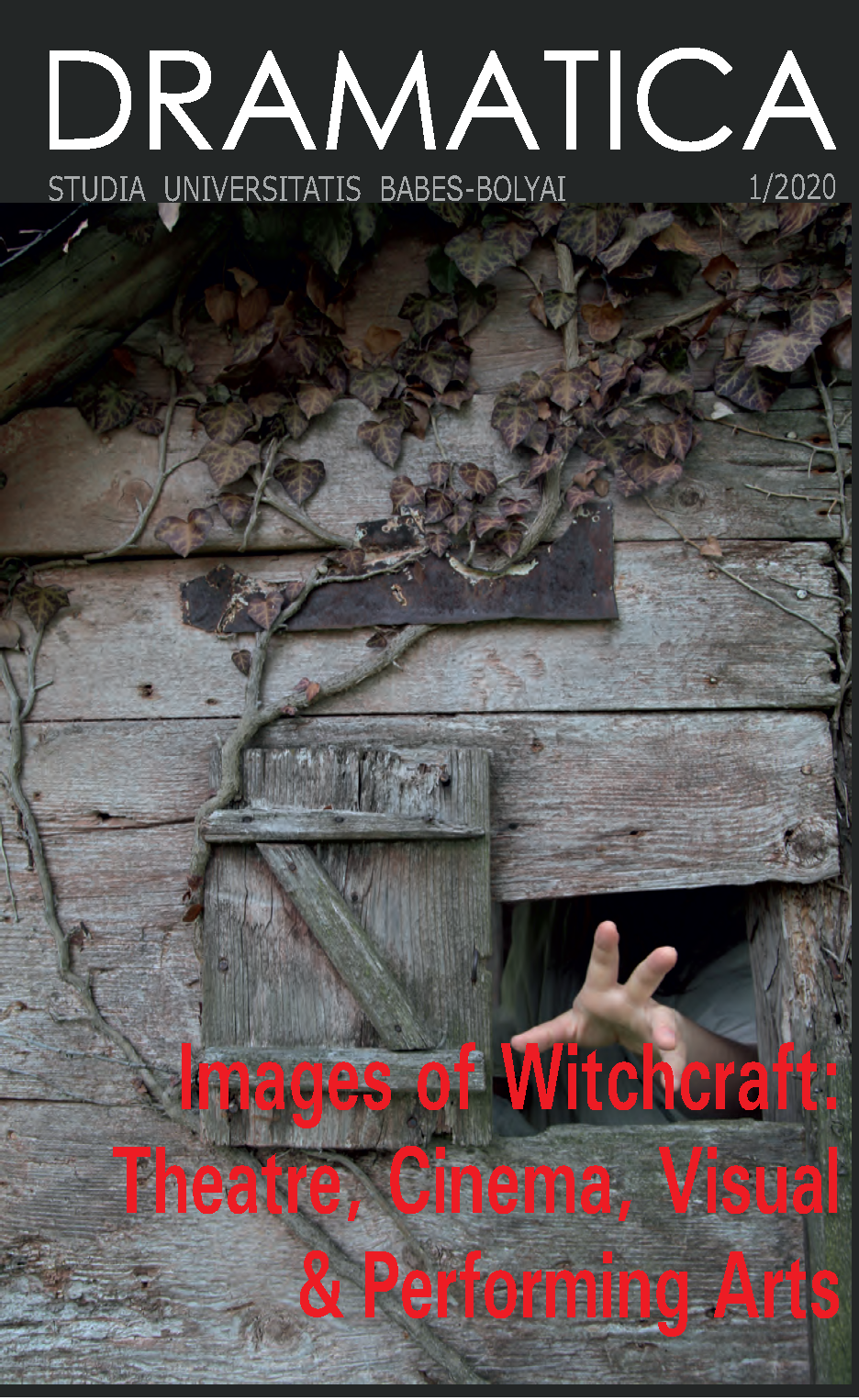Femininity, Transgression and the Gothic: the Witches of Cradle of Filth
DOI:
https://doi.org/10.24193/subbdrama.2020.1.16Keywords:
extreme music, rock, Gothic fiction, witch, femininity, transgression.Abstract
While the aesthetic of the British extreme metal band Cradle of Filth strikes the onlooker with its Baroque flamboyance, its Gothic macabre and underground kitsch, its music – both classically melodious and expressively extreme – immerses the listener into a poetry of Romanticist pastiche spiced with unexpected word-plays, heavy symbolism and cultural references, taboo themes and transgressions of social norms at every level. The weave of apparent contradictions which tailors Cradle of Filth’s distinctive style in contemporary music is also reflected in one of the central themes of the band’s imaginary: the norm-defiant femininity embodied in the image of the witch. This study examines the varied typologies of the female characters of Cradle of Filth’s fiction, their traits as both heroes and transgressors in the context of the Gothic genre and extreme music. My analysis seeks to help fill some gaps in the analysis and understanding of the often misinterpreted music genre of extreme metal, and underline fundamental traits of a representative presence in this field, Cradle of Filth, not in terms of musical or aesthetic theory but of its lyrical value in the context of postmodern literature.References
Botting, Fred. Gothic (The New Critical Idiom). London: Routledge, 2005.
Cooper, Andrew I. The Impact of Horror Fiction on Modern Culture. Jefferson, North Carolina, and London: McFarland & Company, Inc., 2010.
Eller, Cynthia. Gentlemen and Amazons. The Myth of Matriarchal Prehistory, 1861-1900. Berkeley: University of California Press, 2011.
Federici, Silvia. Caliban and the Witch. Brooklyn, NY: Autonomedia, 2004.
Michel Foucault. Abnormal: Lectures at the Collège de France, 1974-1975. New York, London: Verso, 2003.
Halberstam, Judith. Skin Shows: Gothic Horror and the Technology of Monsters, Durham and London: Duke University Press, 1995.
Moretti, Franco. “The Dialectic of Fear”. New Left Review 136 (1982): 67-85.
Mulvey, Laura. Visual and Other Pleasures. Basingstoke: Palgrave MacMillan, 1989.
Ricoeur, Paul. The Symbolism of Evil. Emerson Buchanan (trans.). Boston: Beacon Press, Harper & Row, 1969.
Stack, George J., and Robert W. Plant. “The Phenomenon of ‘The Look’.” Philosophy and Phenomenological Research, vol. 42, no. 3, 1982, pp. 359–373. www.jstor.org/stable/2107492.
Stratton, K., and D. S. Kalleres. Daughters of Hecate. Women and Magic in the Ancient World. Oxford University Press, 2014.
Thorne, Tony. “Countess Dracula”: The Life and Times of Elisabeth Báthory, the Blood Countess. London: Bloomsbury Publishing PLC, 1997.
Unger, Matthew. Sound, Symbol, Sociality. The Aesthetic Experience of Extreme Metal Music. London: Palgrave MacMillan, 2016.
Discography
Cradle of Filth. The Principle of Evil Made Flesh. Cacophonous, 1994. LP.
Cradle of Filth. Dusk and Her Embrace. Music for Nations, 1996. LP.
Cradle of Filth. Cruelty and the Beast. Music for Nations, 1998. LP.
Cradle of Filth. Midian. Music for Nations, 2000. LP.
Cradle of Filth. Nymphetamine. Roadrunner, 2004. LP.
Cradle of Filth. Godspeed on the Devil’s Thunder. Roadrunner, 2008. LP.
Cradle of Filth. Hammer of the Witches. Nuclear Blast, 2015. LP.
Downloads
Published
How to Cite
Issue
Section
License
Copyright (c) 2020 Studia Universitatis Babeș-Bolyai Dramatica

This work is licensed under a Creative Commons Attribution-NonCommercial-NoDerivatives 4.0 International License.


